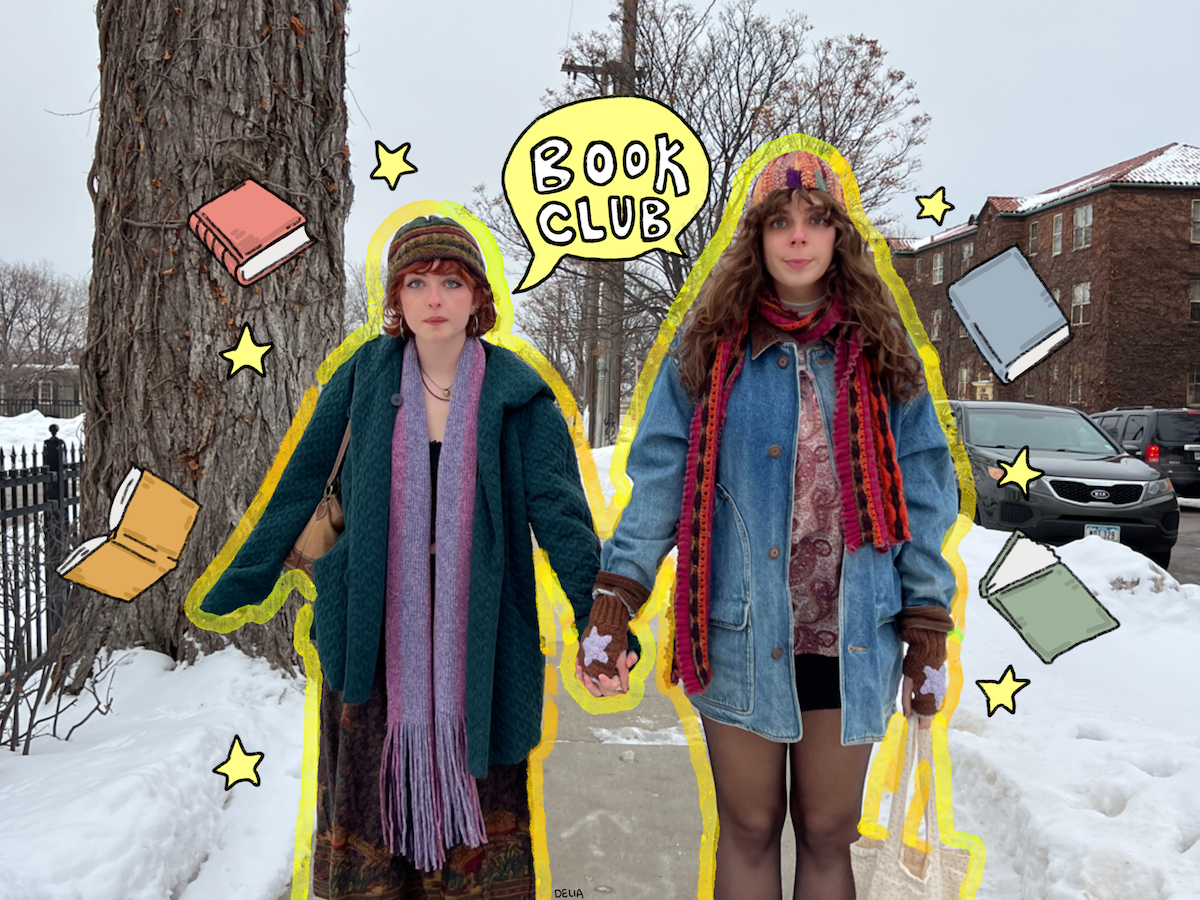When I first joined The Spectator, I was very new to the world of journalism and had never heard of the concept of having a “beat.” But after a few weeks of writing anything from sports to opinions, I began to gravitate towards writing for the Arts & Life section.
At the time, the editor of the Arts & Life section was a writer and a lover of books. So naturally, the section covered all of the major events that took place at L.E. Phillips Memorial Public Library.
When a book talk at the library was pitched during the weekly budget meeting, I quickly volunteered to write the story. The next day, I made my way to the public library for the first time, my eyes widening as I took in the brand-new space.
The book talk was held in the Riverview Room, which I described enthusiastically to my grandparents as something reminiscent of the clean, wide, breathy spaces one can only encounter in an art museum.
Titled “Whispers in the Driftless,” the conversation centered around debut novelist Maggie Ginsberg’s novel, “Still True.”
I was beyond excited to interview a fellow writer, even more so once I discovered we shared the same first name. It was a silly detail, sure, but it was special to me, and that cannot be discounted.
In true journalist fashion, I showed up to the event about 30 minutes early and was lucky enough to have a wonderful conversation with Ginsberg. My nerves were soothed by her humble, kind and patient nature, and we bonded over how much we adored the beautiful, newly-opened library.
It’s safe to say that Ginsberg’s gentle disposition and her passion for her novel didn’t go unnoticed by me, and I listened and took notes diligently during the book talk. After purchasing a copy of “Still True,” I left the library feeling warm, inspired and itching to write.
Although Ginsberg’s talk managed to persuade me to buy a copy of her novel, I couldn’t escape the realities of being an overburdened college student.
“Still True” lived in my backpack for a few weeks until I accepted the fact that I’d have to wait for less busy times to give the novel my full attention. Come the next semester, however, the poor book ended up getting tucked beneath a towering stack of textbooks.
When I packed up my dorm, it was unearthed, only to be packed into a duffel bag and driven home. I finally gave the novel a read this summer. Most of the reading happened beneath two skinny birch trees in my backyard at home.
I twisted and turned in my hammock with each intricate surprise and detail Ginsberg managed to jam into just 280 pages.
When my mom asked how the book was, I’d always respond with, “The writing is just so incredible. It’s so simple but so incredible.”
And my response was entirely honest. The purposeful, unpretending way she commanded language and dialogue left me continually amazed.
I adored the way Ginsberg curated a story that felt so close to home, yet so otherworldly all at once. And even the most unlikeable characters in this story demanded a certain degree of empathy.
“Still True” is the most human story I have ever had the privilege of reading and continues to remind me to consider how interconnected we all are. Though it took me a while to pick it up, I’m beyond glad I did, and I’m sure it will be picked up again and again in the future.
If I lost you along the way, my intention with this very long-winded story was to remind you it is very much okay to shelve a read for a bit in order to give it the respect you may feel it deserves.
Many books were read between the time I purchased “Still True” and the moment I finally finished it, and that’s alright because it still reached me just the same. I would even say that months later, its messages and effects were “still true.”
O’Brien can be reached at obrienml0364@uwec.edu.













